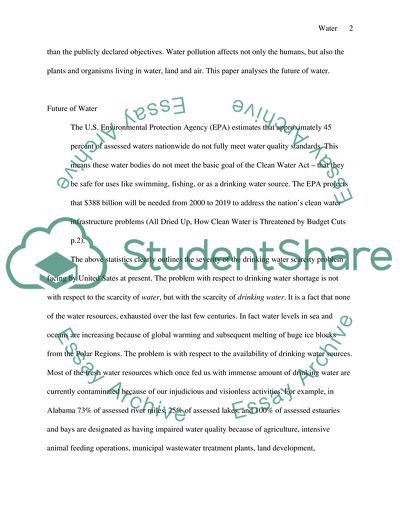Cite this document
(“The future of water Research Paper Example | Topics and Well Written Essays - 2500 words”, n.d.)
Retrieved from https://studentshare.org/miscellaneous/1573749-the-future-of-water
Retrieved from https://studentshare.org/miscellaneous/1573749-the-future-of-water
(The Future of Water Research Paper Example | Topics and Well Written Essays - 2500 Words)
https://studentshare.org/miscellaneous/1573749-the-future-of-water.
https://studentshare.org/miscellaneous/1573749-the-future-of-water.
“The Future of Water Research Paper Example | Topics and Well Written Essays - 2500 Words”, n.d. https://studentshare.org/miscellaneous/1573749-the-future-of-water.


